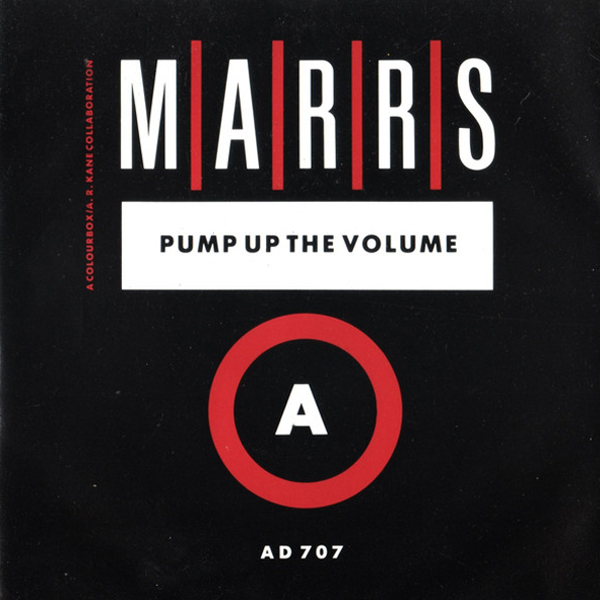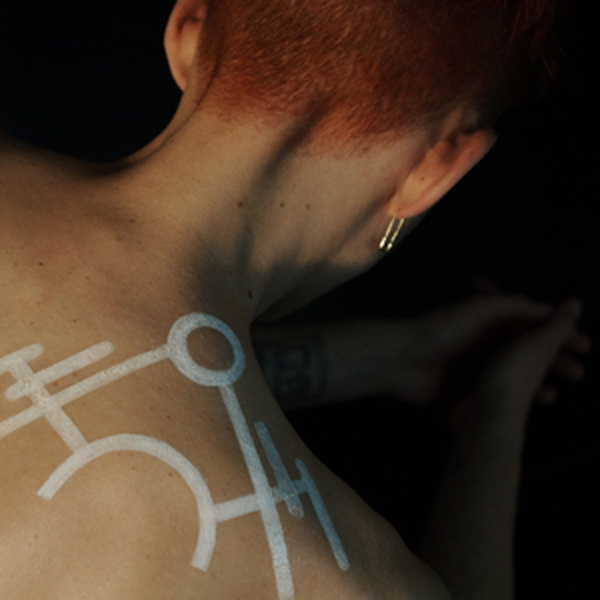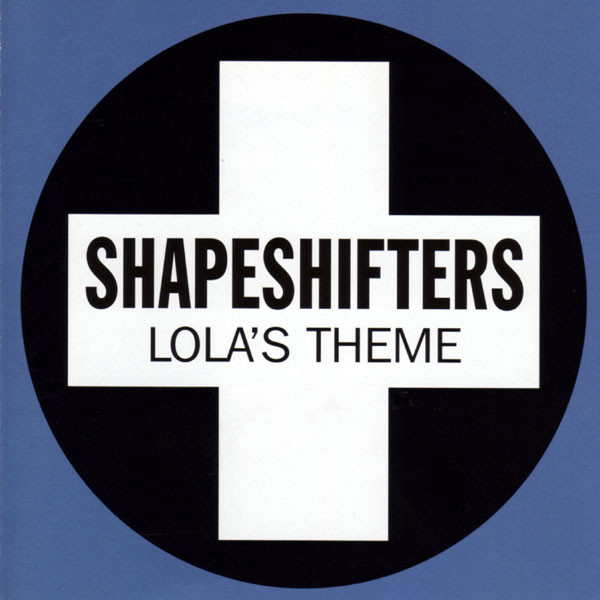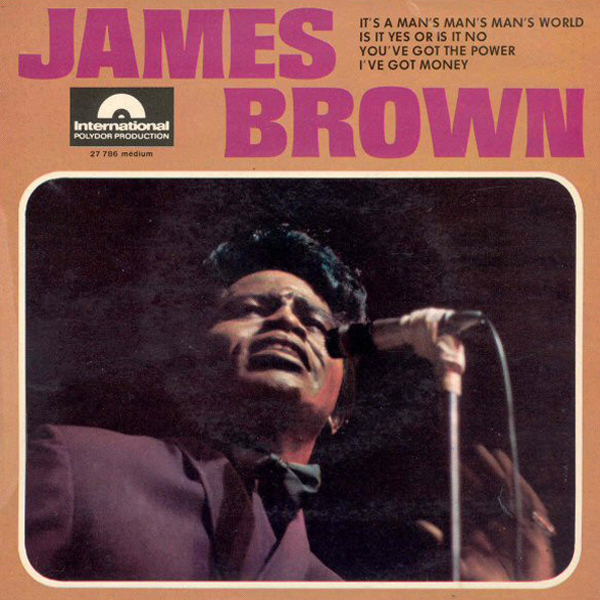Listeners:
Top listeners:
-
 play_arrow
play_arrow
PeekersFM
M|A|R|R|S – Pump Up the Volume
„Pump Up the Volume“ is the only single by British recording act M|A|R|R|S. Recorded and released in 1987, it was a number-one hit in many countries and is regarded as a significant milestone in the development of British acid house music and music sampling. The song derives its title directly from a lyrical sample from „I Know You Got Soul“, a hit single by labelmates Eric B. & Rakim, released months prior in that same year.
The single was the product of an uneasy collaboration between electronic group Colourbox and alternative rock band A.R. Kane, two groups signed to the independent label 4AD. The link-up was suggested by label founder Ivo Watts-Russell after the two groups had independently sounded him out about the possibility of releasing a commercially oriented dance record, inspired by the American house music that was starting to make an impact on the UK chart.
When the M|A|R|R|S project was first released early in 1987, the popularity of the style of the song had already started to grow.
A.R. Kane had released an E.P. When You’re Sad on One Little Indian Records in late 1986. Frustrated by the lack of support from One Little Indian, Alex Ayuli of the band approached 4AD owner, Ivo Watts-Russell to see if they would release a record on his label. Derek Birkett, the owner of One Little Indian, was under the impression that 4AD were trying to poach his band and along with label designer Paul White and Einar Örn Benediktsson from The Sugarcubes visited the 4AD offices in Alma Road to confront Watts-Russell. Colin Wallace, a 4AD staff member, convened a team from the warehouse to support Watts-Russell. Despite a heated argument where a furious Birkett told Watts-Russell „You don’t do that. You fucking stole my fucking band“, A.R. Kane signed to 4AD for a one-off release. Following the release of the Lolita EP they voiced their disappointment with One Little Indian who had failed to deliver on a promise that they could work with producer Adrian Sherwood. Watts-Russell suggested that they instead work with Martyn Young of Colourbox.
The collaboration between the two groups did not go entirely to plan. Once in the studio, the groups‘ different working methods and personalities failed to gel. Producer John Fryer found himself in the middle and unable to resolve the conflict between the two groups. The result was that instead of working together, the two groups ended up recording a track each, then turning it over to the other for additional input. Colourbox came up with „Pump Up the Volume“,
a percussion-led near-instrumental, featuring an Eric B. & Rakim sample which gave it its title, while A.R. Kane created the more deliberately arty „Anitina (The First Time I See She Dance)“ in another studio. Colourbox then added a heavy drum-machine rhythm and effects to „Anitina“ and A.R. Kane overdubbed some additional guitar to „Pump Up the Volume.“ The coup de grace, however, was the addition of scratch mix effects and samples by DJs Chris „C.J.“ Macintosh and Dave Dorrell. Colourbox told Watts-Russell that they didn’t want „Anitina“ on the b-side and wanted „Pump Up the Volume“ released solely as a Colourbox track.
Watts-Russell over-ruled them, in part because of Young’s notoriously slow work rate with the prospect of the track being held up for another 12 to 18 months, and released the track as M|A|R|R|S as originally planned. This led to the relationship with the band collapsing and they never recorded for 4AD again.
The two tracks were released to United Kingdom dance clubs in July 1987, on an anonymous white label with no artist credit. „Pump Up the Volume“ proved to be the more popular side and was the track more heavily promoted. 4AD released the 12″ single (as, officially, a double A-side on 24 August of that year.
It entered the UK Singles Chart the following week at number 35, a strong initial showing for an unknown act, especially on 12″ sales. However, what gave „Pump Up the Volume“ it’s commercial edge was the remix released a week later. This remix became the best-known version of the track,
transforming it by the addition of numerous samples which provided the record with additional hooks besides its oft-repeated title chant, such as samples of tracks by Public Enemy, Criminal Element Orchestra and The Bar-Kays being used. It was this remix, rather than the original, that was edited down to create the 7-inch version of the track, which began picking up radio play.
As the record climbed the charts, the single ran into legal difficulties. With „Pump Up the Volume“ standing at number two, an injunction was obtained against it by pop music producers Stock Aitken Waterman (SAW), who objected to the use of a sample from their hit single „Roadblock“. Distribution was held up for several days while negotiations took place, which resulted in an undertaking that overseas releases would not include the „Roadblock“ sample. Dave Dorrell later stated that he believed SAW would never have noticed the highly distorted sample had he not rashly boasted about it in a radio interview. The offending article consisted of 7 seconds of an anonymous background voice moaning the single word „hey“, involved no musical or melodic information, and could never be considered plagiarism in the literary sense. SAW member Pete Waterman wrote an open letter to the music press calling such things „wholesale theft“. Some publications were quick to point out that Waterman was currently using the bassline from the Colonel Abrams song „Trapped“ in his production of Rick Astley’s „Never Gonna Give You Up“, which was competing in close proximity to „Pump Up the Volume“ in the pop charts. Observers suggested that SAW’s motives had just as much to do with extending the run of „Never Gonna Give You Up“ at the top of the chart.
SAW could afford extensive legal resources and M|A|R|R|S stood little chance of a successful defence. Despite all this, „Pump Up the Volume“ went on to spend two weeks at number one in October 1987 and was a chart hit in many other countries, receiving considerable airplay on American, Australian and European airwaves. While it was stripped from the official American release, the version containing the offending „Roadblock“ sample was the version that the Australian charts credited. In America it was licensed to 4th & B’way Records, the original version contained several samples from 4th & B’way releases and were able to provide new samples for the American version which they received clearance for.
As one of the first big British-made house hits, „Pump Up the Volume“ marked a turning point in the popularity of the genre. Eric B. & Rakim’s „Paid in Full“, which had been released prior to the M|A|R|R|S track also hit the top 20 in November, both singles heavily borrowed from Coldcut’s previous UK chart success „Say Kids What Time Is It?“.
This was a very rapid response, indeed, since „Pump Up the Volume“ seemed to catch the record industry off-guard. It was not until February 1988, four months after „Pump Up the Volume“ reached the top ten, that the floodgates truly opened. Like „Pump Up the Volume“, many of the first major wave of British house hits were on independent labels. Not all of them displayed an obvious influence from M|A|R|R|S, though many did.
While Two Men, a Drum Machine and a Trumpet’s „Tired of Getting Pushed Around“, one of the first such hits, was principally just a dance groove with minimal use of samples, it was the sampling angle that made most impact on the public consciousness in the short term. Among the hits clearly following in M|A|R|R|S’s footsteps were „Beat Dis“
by Bomb the Bass, „Theme from S-Express“ by S’Express, and „Doctorin‘ the House“ by Coldcut featuring Yazz and the Plastic Population. These in turn spawned imitators from across Europe and the U.S. The sample montage craze would soon burn itself out, since many of the later records relied heavily on recycling the same samples already heard on the hits mentioned above. Litigation would also play its part and the adage „Where there’s a hit—theres a writ“ was coined as both house and hip hop artists underwent a period of being sued for using unlicensed samples in their recordings. The sampling style was also being parodied, notably by Star Turn on 45 (Pints), with their UK number 12 hit „Pump Up the Bitter“, and by Harry Enfield’s „Loadsamoney“ single (produced by a young William Orbit). Les Adams also released „Check This Out“ under the LA Mix moniker—a record that replayed „Pump Up the Volume“ and „This is a journey into sound“ soundbites before a male voice yells, „Oh not again! Get off!“ Tastes started to change and acid house started to dominate the charts.
M|A|R|R|S themselves never came close to recording again. A.R. Kane gave interviews to the music press in which they explained that while they were proud to have been part of M|A|R|R|S, it was not an experience they were keen to repeat. They were particularly unhappy at having their contribution to „Pump Up the Volume“ all but removed from the track. Colourbox attempted to carry on using the name M|A|R|R|S, but were not willing to pay the £100,000 that A.R. Kane wanted for full rights to the name, and the project remained a one-off. Colourbox disbanded soon afterwards, leaving „Pump Up the Volume“ as their last original work. A.R. Kane continued, releasing the critically acclaimed though commercially unsuccessful albums 69 and i. However, neither album contains a track that could be considered a successor to „Pump Up the Volume“.
From Wikipedia, the free encyclopedia
Read full Article and the list of samples used: https://en.wikipedia.org/wiki/Pump_Up_the_Volume_(song)
(By clicking on the link above you will leave the PeekersFM site)

Behind The Song

- + 49 89 954 117 76
- contact@peekersfm.com
- +49 89 954 117 75
(C) 2022 PeekersFM - All Rights to the CoverArt belongs to the respective Owners




